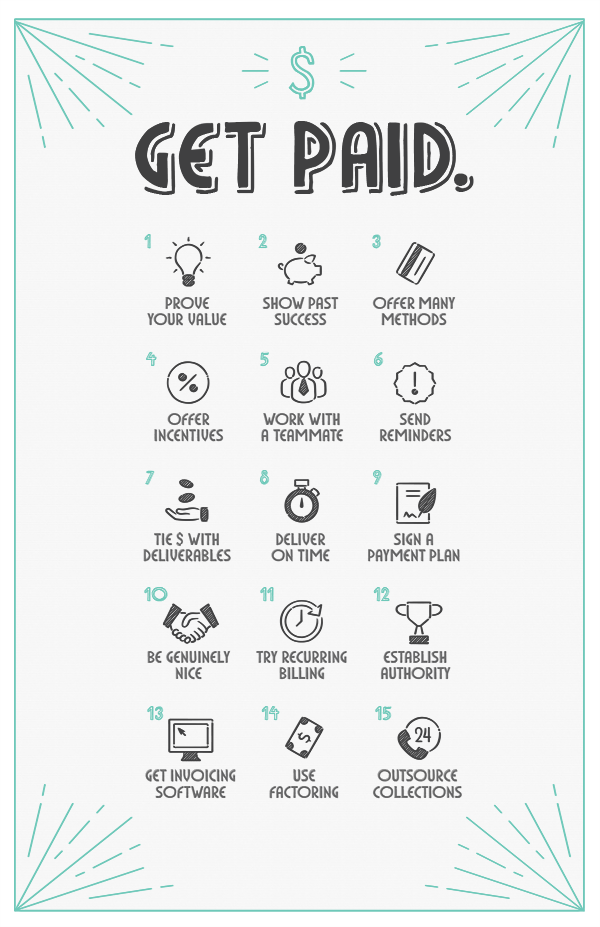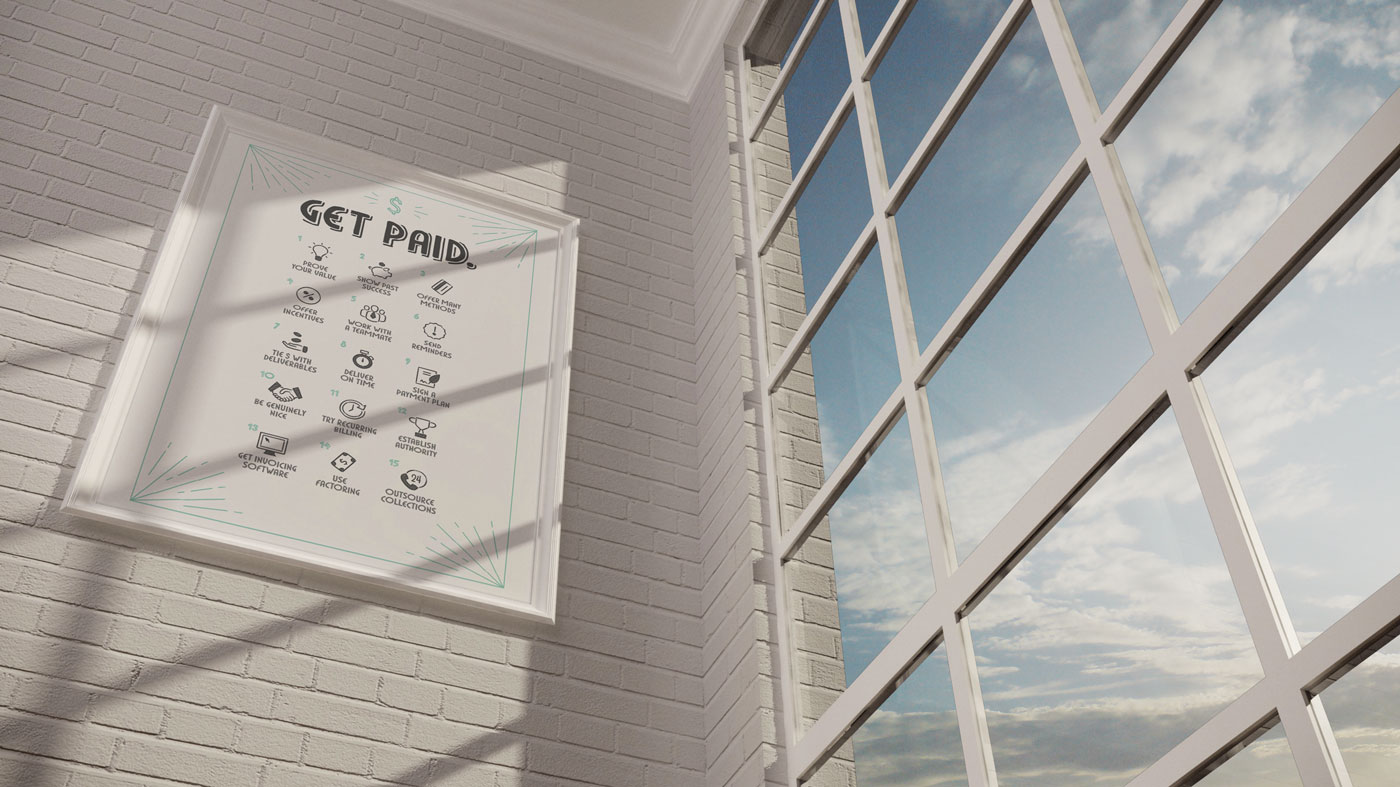Ever wish you knew more about certain aspects of web design? As professionals in an ever-changing industry, I believe it’s absolutely essential that to stay afloat of the evolving landscape in which we work. Fortunately for us, we don’t need to look far for excellent resources to keep us up to speed.
In an effort to help you weed through the plethora of information available, I’ve scoured libraries and bookshelves to come up with ten great books about web design. So sit back, grab a cup o` joe and get ready to learn. Don’t worry, there’s no homework involved!
Visual Design
To get us started on this journey of knowledge we present a book to ensure your foundation is solid. Inside is ninety-five nuggets of truth about visual design that you’ll likely draw on throughout your career. From tips on directing the eye of your audience to the nitty-gritty details of shape and symmetry, this book has it all.
HTML 5 For Web Designers
Let’s be honest. As web designers, our natural tendency is to focus on the creative aspects of web-based media. Often, the technological aspects are forgotten or left to others. In this book, these technological pieces are presented in a practical, easy-to-understand way, helping you get a better grasp on the newest web language and how your designs will benefit.
Designing For Emotion
Taking the next step after refreshing the basics, this book offers fantastic insights for creating engaging designs that elicit emotion. The basic premise that we’re designing for humans rather than stoic machines is explored in detail her with great advice on expressing the personality behind your designs.
Web Form Design
Often a trouble area for designers, this wonderful book can help guide you through the common pitfalls associated with web form design. What’s great about this book is that the author takes the time to clearly explain the issues we all face with making data gathering a visually appealing process and then presents practice examples to solve them. A must read!
The Shape of Design
While not specifically about web design, this book gets right at the heart of what we do. Within, you’ll explore some of the more abstract concepts pertaining to design and why somethings work and others just don’t. You owe it to yourself to pick this one up, if for nothing else, than to learn more about why you think the way you do about design.
Don’t Make Me Think, Revisited
UX design is a pretty big thing if you haven’t yet discovered. This book paves an easy to follow path to better usability in your web designs. If what you design for the web is ever used by humans, you should read this book. You’ll learn from an expert how to incorporate more intuitive design principles into all of your projects.
Design Is A Job
Thought the title of this book might seem rather obvious, its contents might just be what your freelance career is missing. The author –a design entrepreneur himself– guides you through a knowledge dump of what the business of design is all about. From navigating client interactions to the art of selling designs, this book is a wealth of valuable information.
Thinking With Type
Billed as the “definitive guide to using typography in visual communication, this marvelous book includes an abundance of style guidelines for this critical aspect of web design. In addition to tips on using all manner of typeface and lettering, this book equips you with the knowledge and confidence to express your creativity through type while avoiding common faux pas. If you’ve ever had a question about captions, lining numerals or mixing typefaces, this book is a sure bet.
Designing Brand Identity
As we all know, building brands that embody the unique identities of the clients we server is a difficult task. To help de-mystify the subject, this book takes a close look at dozens of real-world case studies including some of today’s biggest brands. In each study you’ll find immediately useful methods and processes for creating effective brands.
Web Design Confidential
Compiled from a set of over 5,400 web design veterans, this book sets out to tackle the intimate questions of the web design industry. Covering topics from standard hourly rates to modern web design practices, this one will help you better understand the profession you love. Though you might have to look under a few more rocks for this one –it’s since out of print– the extra effort is certainly worth it!
Finished!
That just about sums up our list of ten great books for web designers, but don’t stop there! The World Wide Web is chock full of useful and often free web deisgn books. So keep on learning and continue to build a better web!
The post 10 Great Books About Web Design That Are Worth Reading appeared first on Speckyboy Web Design Magazine.
10 Great Books About Web Design That Are Worth Reading






